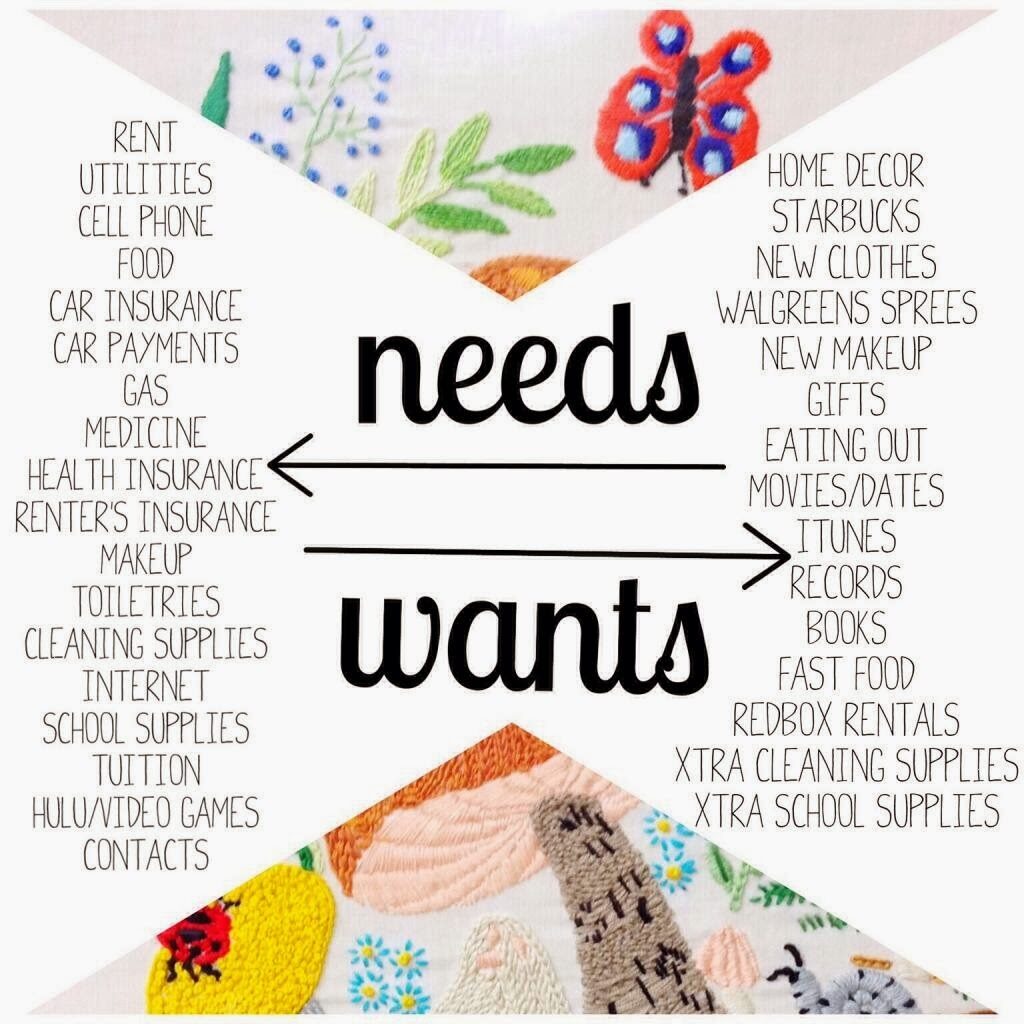For many people, deciding whether something is a ‘want’ or a ‘need’ can be incredibly difficult, especially if money is tight.
However, many do not realize that learning to separate the two can seriously improve finances, allowing you to cut back on unnecessary spending and begin to save some money for when you need it.
This article discusses the difference between financial wants and needs and offers our five top tips for separating the two.
What is the difference between wants and needs?
A ‘want’ is something you would like but is not essential, whereas a ‘need’ is something you rely on to survive.
A financial need allows you to live your life, such as medical expenses, housing, and food. Financial wants are things you might buy to improve your lifestyle, like a holiday.
1. Be firm in what constitutes a need
The line between want and need can easily be blurred, and it can be difficult to distinguish which category something falls into.
For example, some purchases, like travel or monthly subscriptions, may feel necessary. However, in reality, you could live without them, so they do not constitute a need.
One thing you can do is sit down and create a list of the things you need to be able to survive. This list will differ from person to person, but most people will include basic living costs like housing, food, medical expenses, and bills. Other people might add extra necessities like therapy bills or the internet if they work from home.

2. Create separate budgets
One of the difficulties that come with not distinguishing wants from needs is the possibility of overspending. Of course, it’s effortless to spend money on things we want if we consider them necessary to our happiness or lifestyle.
But, often, these things are not entirely necessary, and we are, in fact, simply spending money unnecessarily.
To limit overspending, consider setting budgets. An excellent way to do this is to use the 50/30/20 system. This system allocates a specific percentage of your monthly income to different expenses.
For example, with this system, each month, you would set aside 50% of your income on your needs, 30% on wants, and 20% on savings and debts.
The good thing about a budget system like the one above is that you can still spend money on things you want, but you are prioritizing your needs and ensuring that you have enough money set aside to cover them. It also visualizes how much you are spending in certain areas and cuts back if you need to.
https://www.fettermaninvestments.com/blog/understanding-needs-vs-wants-in-a-financial-plan
3. Be prepared to cut back on spending
Once you have budgeted and decided how much you want to spend on each area, it may be a good idea to work out how much you are currently spending. If you are spending more than you would like, think about which areas you can afford to spend less on.
You are more likely to discover that you can cut back on your wants rather than your needs; perhaps you could eat out less or reduce your subscriptions.
However, you may also be able to lessen the amount you spend on your needs. With a little bit of haggling and shopping around, you can often find cheaper deals that better fit your budget.
A great way to stay on top of your spending and ensure you stay within your budget is to track your expenses.
Keeping an eye on what you spend can help you make sure you do not overspend and stay on top of your finances.
4. Consider your priorities
Breaking your spending into priorities is a great way to separate wants from needs and minimize overspending. Within your needs and wants categories, you will likely have some things you need or want more than others. Therefore, it makes sense that you might be willing to spend more on these things.
Visualizing your priorities is an excellent way of focusing on yourself. For example, a chart could help you focus on what is a high-priority need versus a low-priority one, and the same for your wants. If you find this kind of picture helpful, it can be a great way to make sure you can put money where it needs to go.
5. Use separate bank accounts
Tracking spending can be difficult for many people, even if they have budgeted their expenses and are aware of their priorities.
Something that makes this even harder is using one bank account, which is used for both wants and needs. Unfortunately, it can be easy to get overwhelmed and lose track of spending in each category this way.
For this reason, the sensible idea is to create separate bank accounts, one to store your budgeted amount for your wants, another for your needs, and another for your savings. This can make it much easier to track how much you are spending and cut back if necessary.
Summary
Separating wants from needs can be very difficult, but it is an important task that can help you cut back on spending, begin to save, and take charge of your finances. Here, we have looked at five of the top things you can do to separate your wants from your needs and hopefully save some money.


Leave a Reply